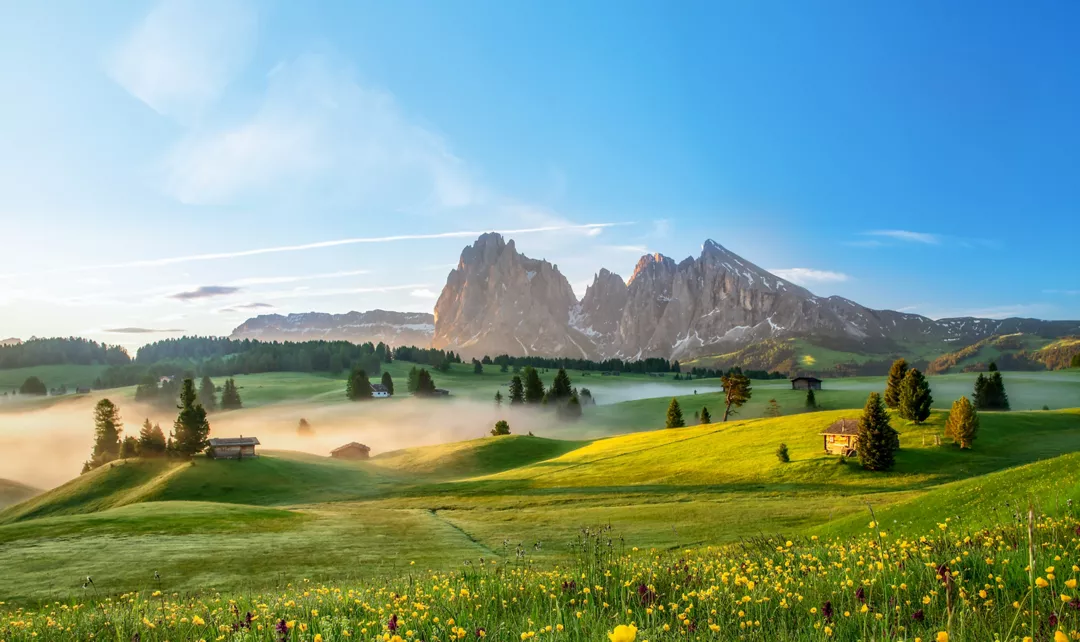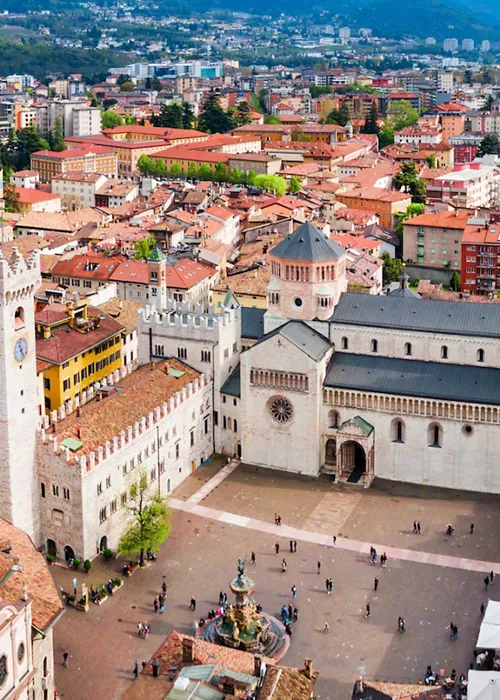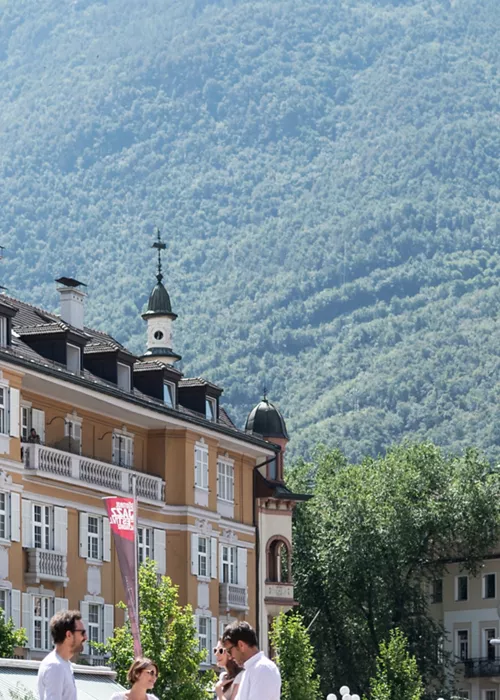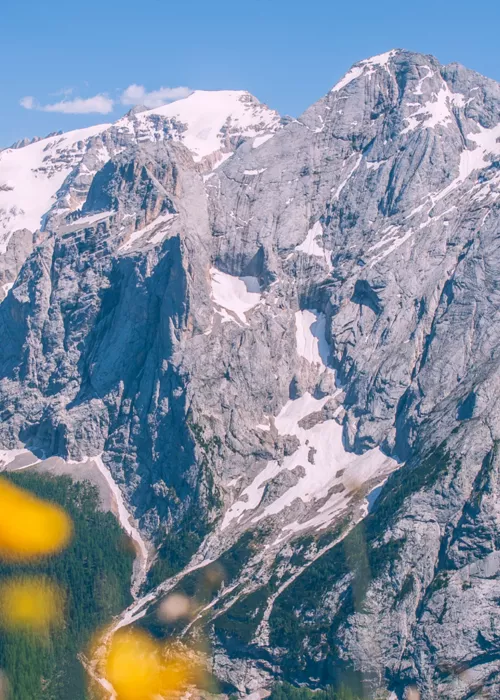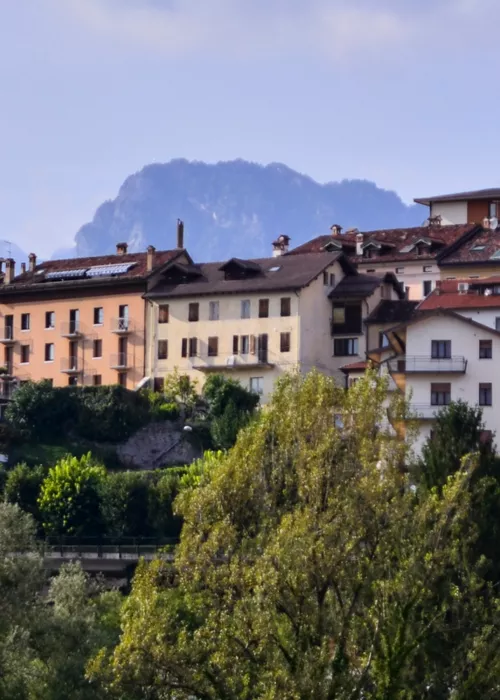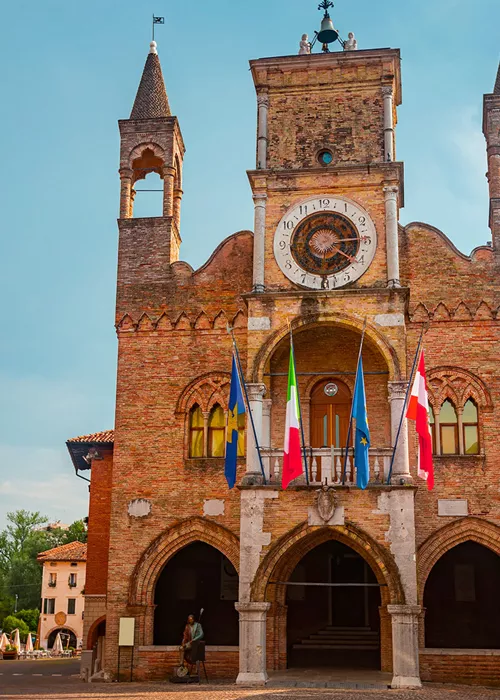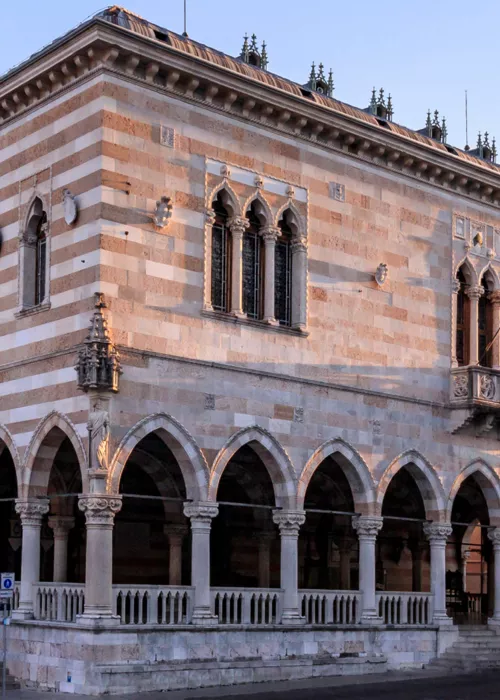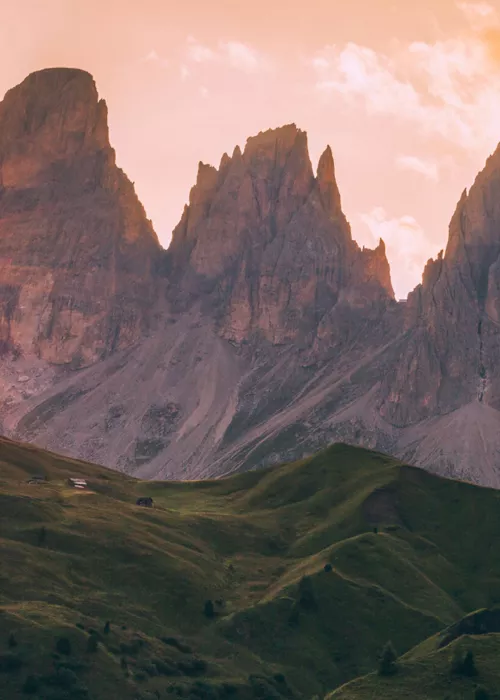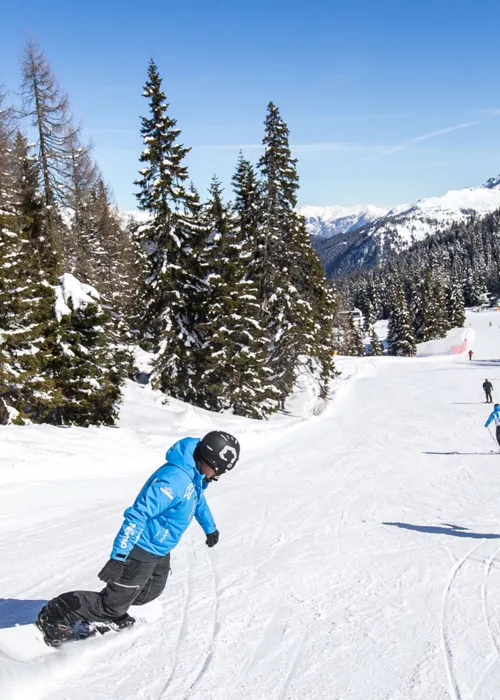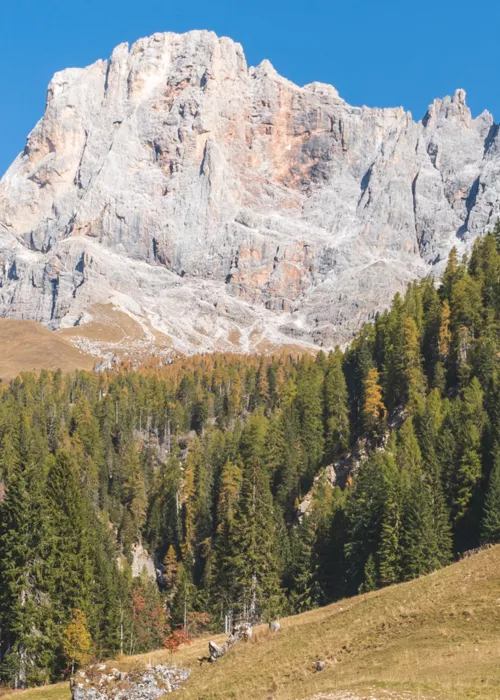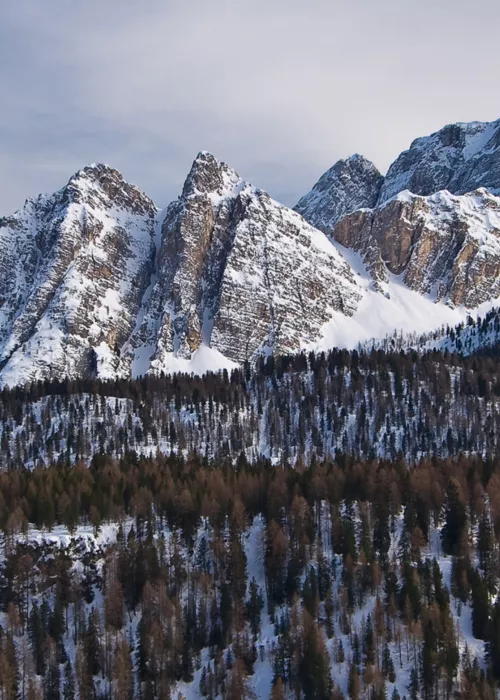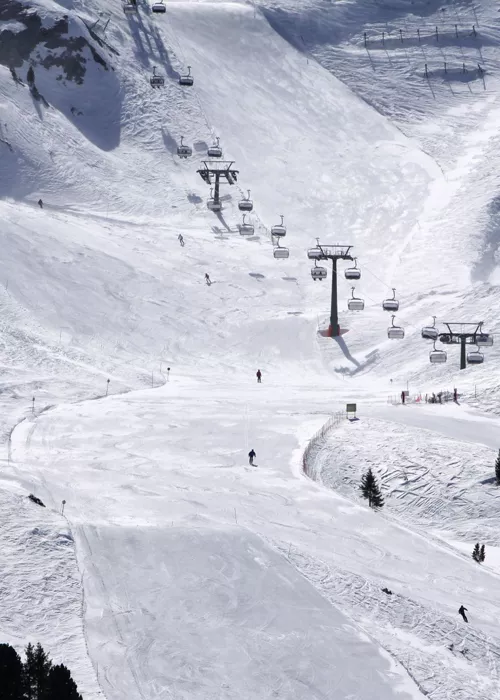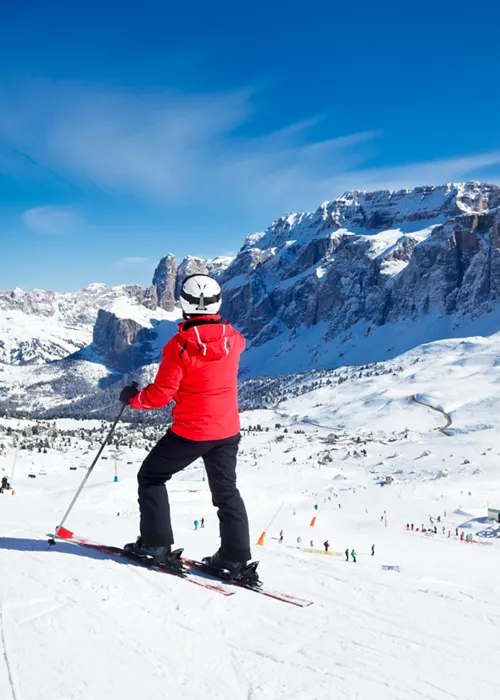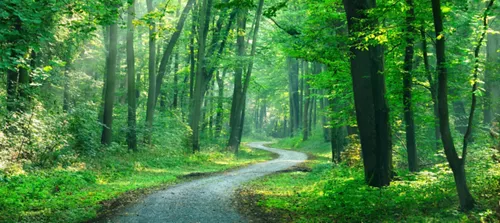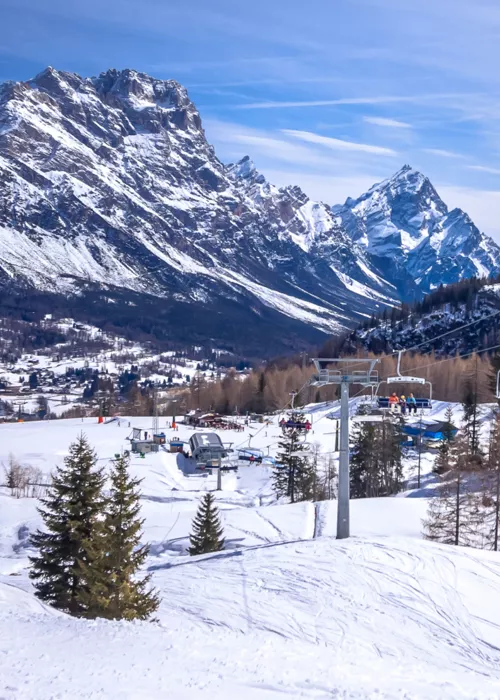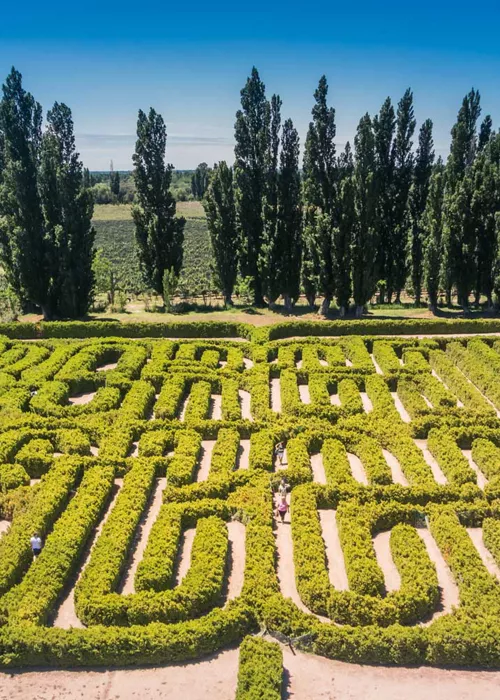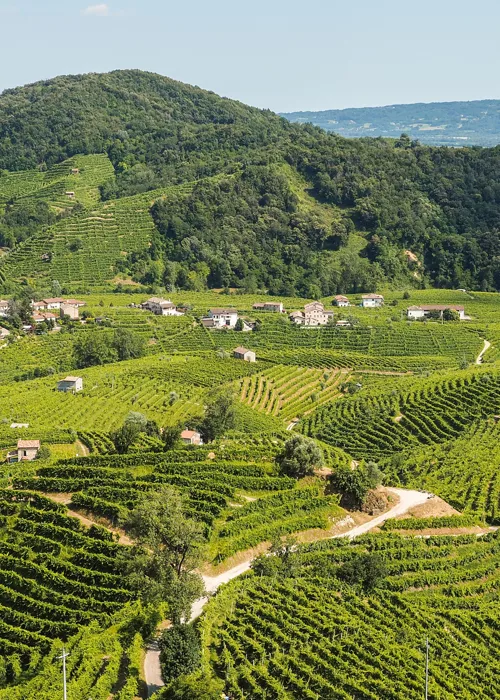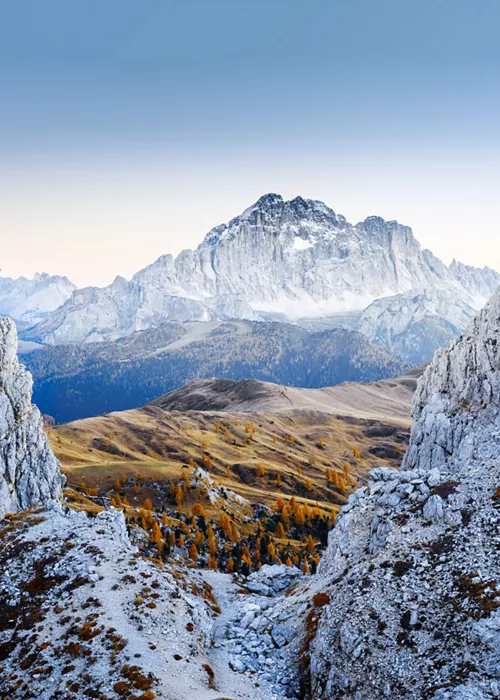The Dolomites: the most beautiful architectural work in the world
4 minutes
It was Le Corbusier, the famous French naturalised Swiss architect, town planner, painter and designer, who called them “the most beautiful architectural work in the world”. A paradise for those who love sport, untouched nature, uncompromising mountains and traditional flavours: the Dolomites, the legendary mountain range of the Eastern Alps, a UNESCO World Heritage List site.
The so-called “pale mountains” are distributed over three regions, Trentino Alto Adige, Veneto and Friuli Venezia Giulia. An absolutely unique habitat in which to enjoy breathtaking views.
Where are the Dolomites
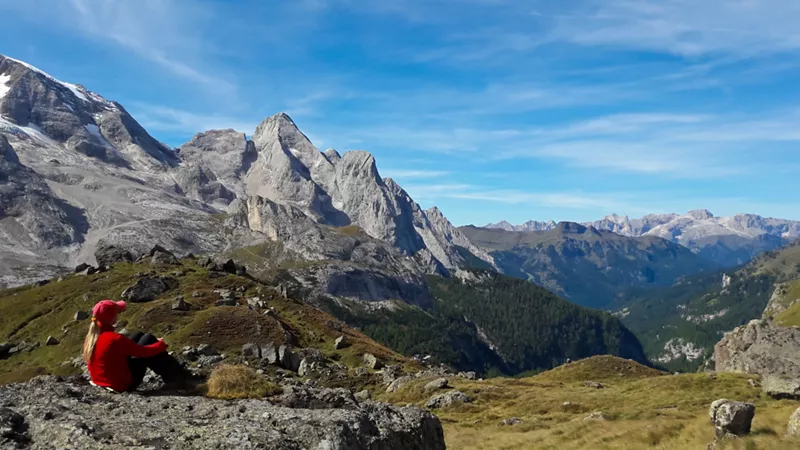
The Dolomites are a series of mountain groups in the Italian Eastern Alps characterised by their composition: they are made almost entirely of dolomite, a rock consisting mainly of the mineral dolomite. This is what gives them their famous pale colour.
The mountain complex covers over 140,000 hectares and extends, as mentioned, over three regions and five provinces (Trento, Bolzano, Belluno, Pordenone and Udine, with a small part also in Austria with the Lienz Dolomites).
It's easy to say Dolomites... but the mountain range is really quite extensive. They range from the Brenta Dolomites to the group formed by Catinaccio and Latemar, from the Sexten Dolomites to the Pale di San Martino, from the Marmolada massif to the group composed of Pelmo and Croda da Lago, and finally to the Friulian Dolomites, the easternmost of them all.
Among the most popular areas is the Dolomiti Superski, a vast area with a national park, no less than nine nature parks and Italy's largest linked ski area.
History and information on the Dolomites
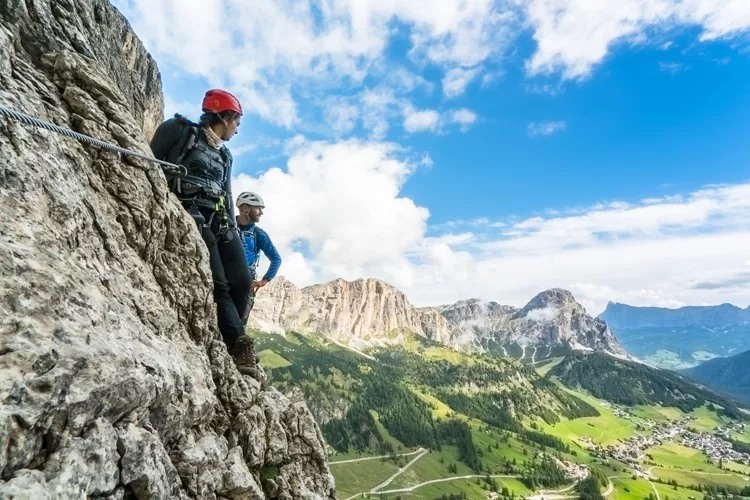
The history of the Dolomite landscape has been in continuous geomorphological evolution since as far back as the Miocene: the rock layers, created by the accumulation of shells, corals and algae, first emerged from the sea in which they had sedimented, slowly transforming into mountains.
The Dolomites are named after the French naturalist Déodat de Dolomieu, who first studied the particular type of predominant rock, christened dolomia in his honour. The first geographical designation of the term Dolomites dates back to 1837 in a London guide describing a mountainous region between the valleys of Fassa, Gardena, Badia, Val Pusteria and the Veneto Alps. The name became official in 1864, when a travel report by two English naturalists was published.
The old name, Monti Pallidi (Pale Mountains), was precisely related to the composition of the Dolomite rocks, which appear pale, shiny and able to reflect the surrounding light. Pale by day, the Dolomites turn reddish at sunrise and sunset, the Enrosadira or Alpenglow effect.
Why the Dolomites are a UNESCO site
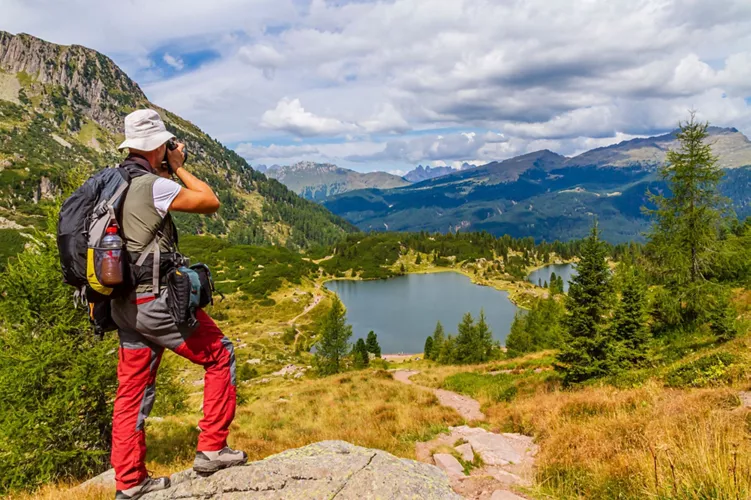
These marvellous rock cathedrals are World Heritage Sites because of the unique mountain cultural landscape of outstanding natural beauty, characterised by the carbonate sedimentary rocks, i.e. the dolomitic rocks with a valuable geology making it possible to study and rediscover marine life in the Triassic period.
The most beautiful places in the Dolomites to visit: 7 unmissable stops
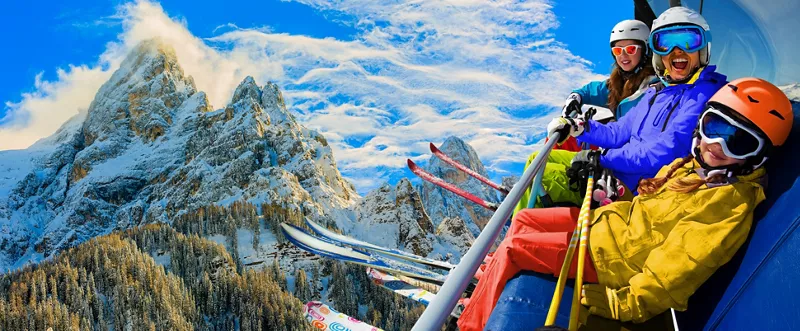
The route to visit the Dolomites is vast, but there are seven must-see stops.
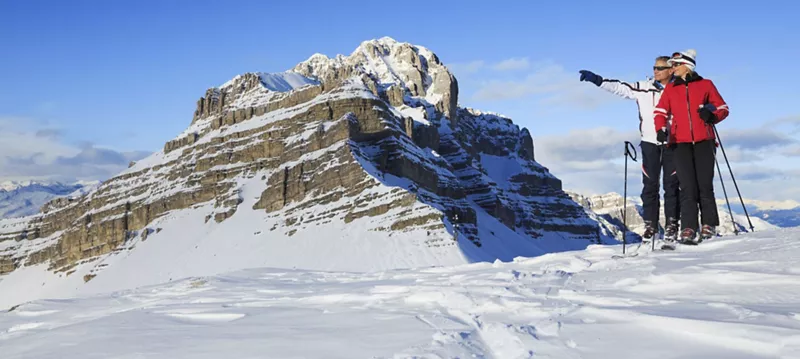
First, we recommend Madonna di Campiglio, an internationally renowned ski resort between the Brenta peaks and the Adamello and Presanella glaciers. Boasting over 60 kilometres of slopes and 20 ski lifts, and offering a large number of hiking trails.
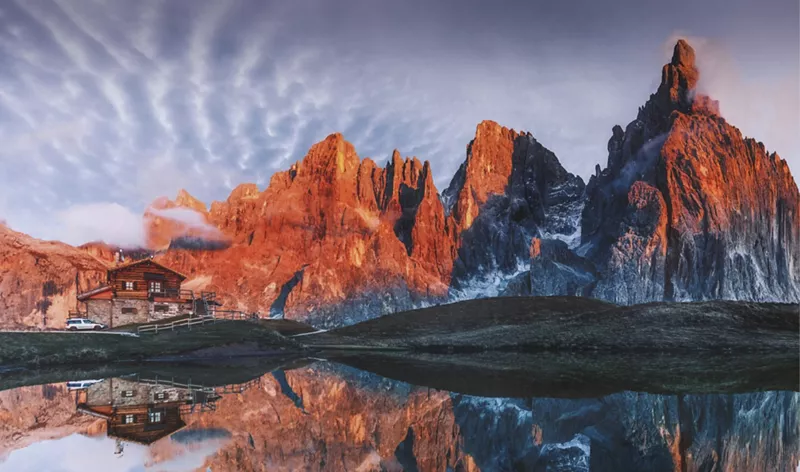
San Martino di Castrozza is at the foot of the spectacular Pale di San Martino. One of the best known locations for winter sports and summer holidays.
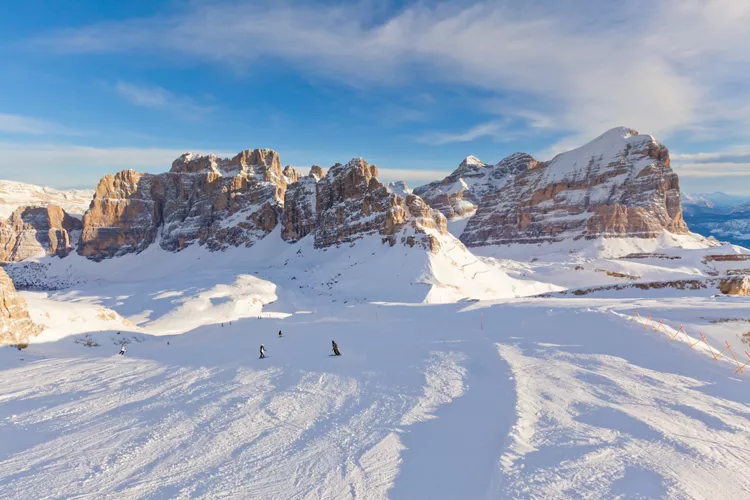
Cortina d'Ampezzo is the “Queen of the Dolomites”. It has become a myth thanks to the cinema, to the illustrious personalities such as Ernest Hemingway, Brigitte Bardot and Ingrid Bergman, and for its incomparable Alpine landscape. An exclusive destination with timeless appeal. Besides being an ideal destination for skiing and winter sports, it is also a rich cultural centre.
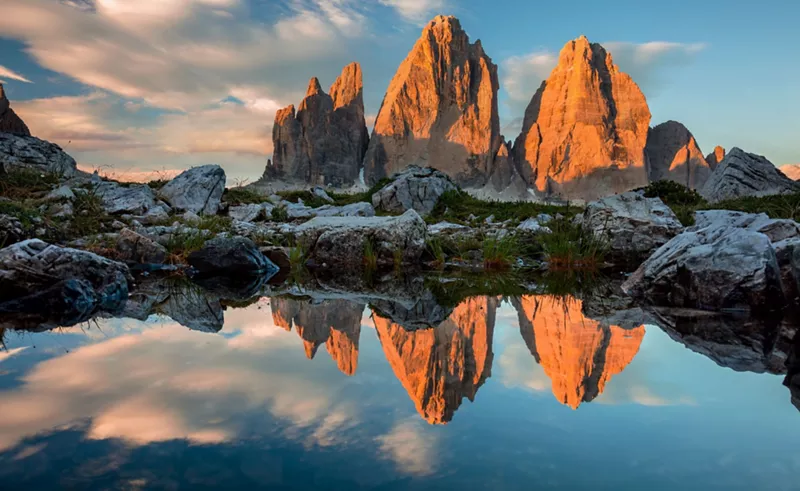
Tre Cime di Lavaredo deserve a stop, the only downside is that it will make you fall in love: a symbol of the Dolomites, they are three rocky obelisks of great charm, standing out among the most famous and photographed mountains in the world.
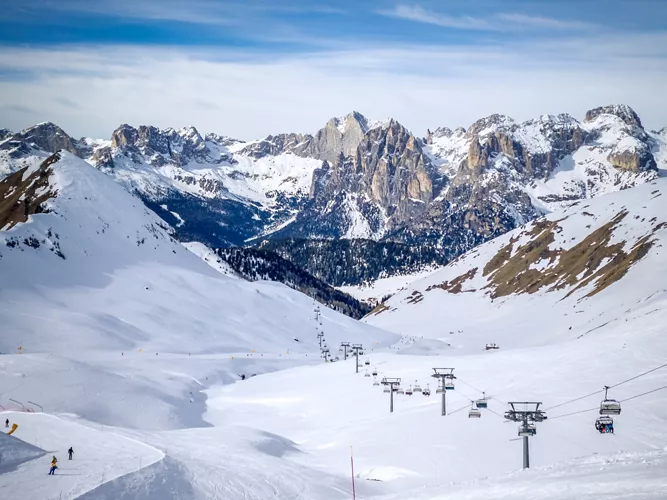
The Val di Fassa, the heart of the Dolomites, is one of Trentino's tourist excellences to be explored for a few days. Hotspot of international skiing thanks to over 200 kilometres of slopes for alpine skiing, it is at the centre of the Dolomiti Superski and is characterised by a Ladin community that has been able to preserve its language and nature.
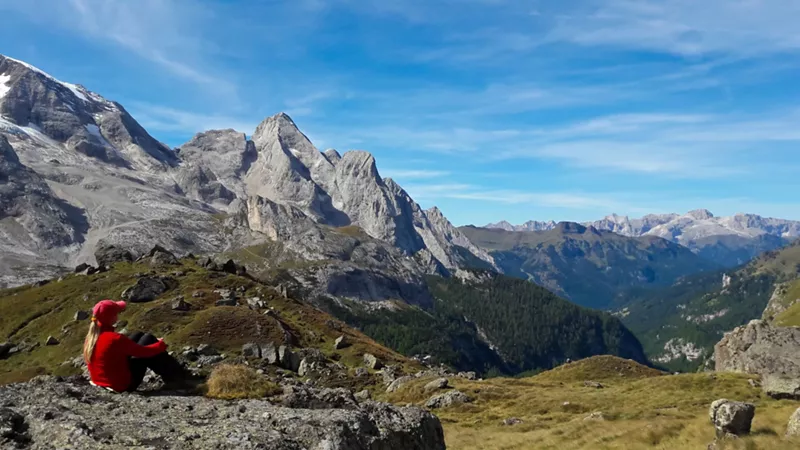
Among the UNESCO World Heritage sites in the area is the Marmolada, the highest mountain range in the Dolomites with the largest glacier.
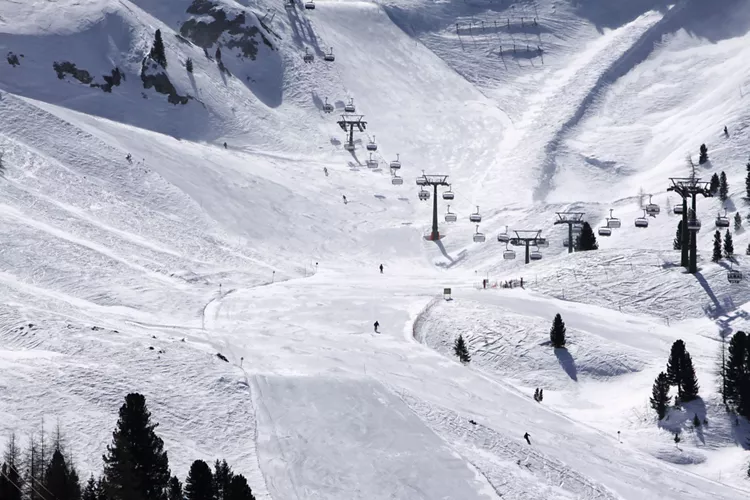
It is worth continuing to the Val di Fiemme, the natural continuation of the Val di Fassa. Known for its production of wood and PDO cheese, an ideal place for skiing and hiking.
Typical products of the Dolomites: 3 delicacies to taste

Skiing, hiking, relaxation and great food. In the Dolomites you can eat very well between thanks to starred restaurants and malghe (shepherd's huts) to taste products directly from the farmer. And in this regard, three must-have specialities are produced in this area.
● Asiago PDO cheese is a traditional product produced only between Vicenza, Trento and a part of Padua and Treviso.
● The tasty malga cheese is made from milk milked at high altitudes in the historic alpine pastures of the Dolomites.
● The famous Belluno Dolomites PDO honey is a delicacy processed by the Apis mellifera from the nectar of the area's flowers.

